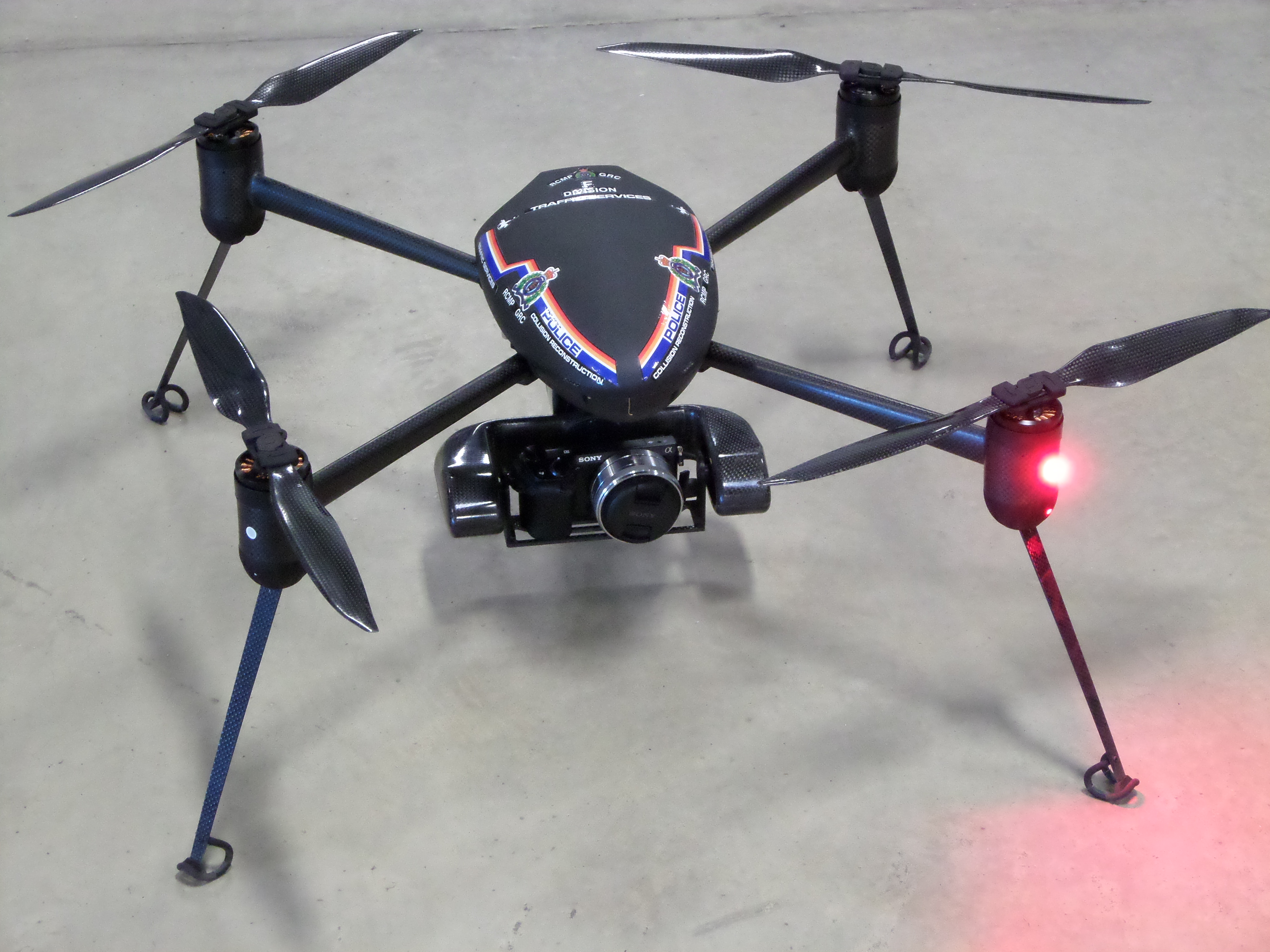Geopolitics and Police Intelligence: The Case Study of Disinformation
by Nathan Romas and Jay Heisler
To begin any discussion of reforming police intelligence, one has to define the difference between “information” and “intelligence.” Information: comprises raw data and facts that can be used in other processes or analyzed. Intelligence: the result of processing, interpreting and packaging information. Intelligence can be used for many things from simply gleaning insights, all the way to generating informed opinions. Police come across information every second of every shift (even off-duty they see and hear things that may later prove interesting or useful to someone). It isn’t hard to gather information, while the use of intelligence is a whole other beast.
Police generally want info/intel that is only useable, meaning it can be backed, corroborated, shared and given as evidence. Often there is a hesitancy to learn either information or intel that is not shareable nor disclosable. Something often heard within policing is that, “If it’s not useable, I don’t want to know it.”
Intelligence isn’t meant to be used as 100% reliable fact because it isn’t evidence and changes with context. The usefulness of intelligence comes from the guidance it provides and the possible confirmation it can give that you are on the right path.
This is where reforming police intelligence runs up against what constitutes a geopolitical threat and what constitutes a day-to-day criminal threat as witnessed in communities across Canada.
Take disinformation. Disinformation purveyors, if working for our adversaries, are not the jurisdiction of local police. Instead fighting disinformation might be more of interest to CSIS and Canadian Armed Forces intelligence branches, or perhaps RCMP departments that work on counterintelligence.
However, some basic education about disinformation could benefit local police across Canada. One of the authors of this piece, Jay Heisler, co-organized, as a graduate student during his MA and research assistant for Dr Vern Redekop in Ottawa, a conference on police crowd control methods in Canada to which was invited the Ottawa Police. Former Ottawa Police chief Larry Hill attended, along with several Ottawa Police law enforcement officers. During this conference it became clear that the police were primarily interested in identifying who at a protest were the bad actors.
A basic understanding of disinformation as a threat would make it considerably easier to flag bad actors ahead of protests and civil unrest, as the biggest troublemakers during a public disorder event are often the biggest purveyors of disinformation that is obviously backed by foreign adversaries. This can help police differentiate between bad actors and people exercising their right to peaceful protest. Talk about a “red flag!” In this author’s experience, most protesters at reputable events do not want to share a protest with someone sharing pro-Russia or pro-North Korea content on social media anyways!
Additionally, this could help prevent a perceived spread of extremism in the ranks of military and police, as officers are trained to recognize disinformation when each other share it on social media. This could create a more responsible culture across the board amongst law enforcement in Canada.
This one case study, disinformation, shows how increasing geopolitics training and education for police can help pave the way for police intelligence programs across the country.
Nathan Romas is a Canadian police officer, CEO of Vigilant Media Inc., and host of The Quiet Professional podcast which discusses topics of national security, intelligence, law enforcement and justice. Jay Heisler is Voice of America’s Canada reporter. He also teaches a mental health advocacy course at a Canadian university and works on various training and education projects in national security in the US and Canada. He is currently working on a book contract and at other freelance writing.



